“I really build two types of cars: the 'Outlaws', and the cars that I call Emory Specials,” says Rod Emory, founder of Emory Motorsports, the Californian company behind these rakish Porsche 356s.
Two different beasts
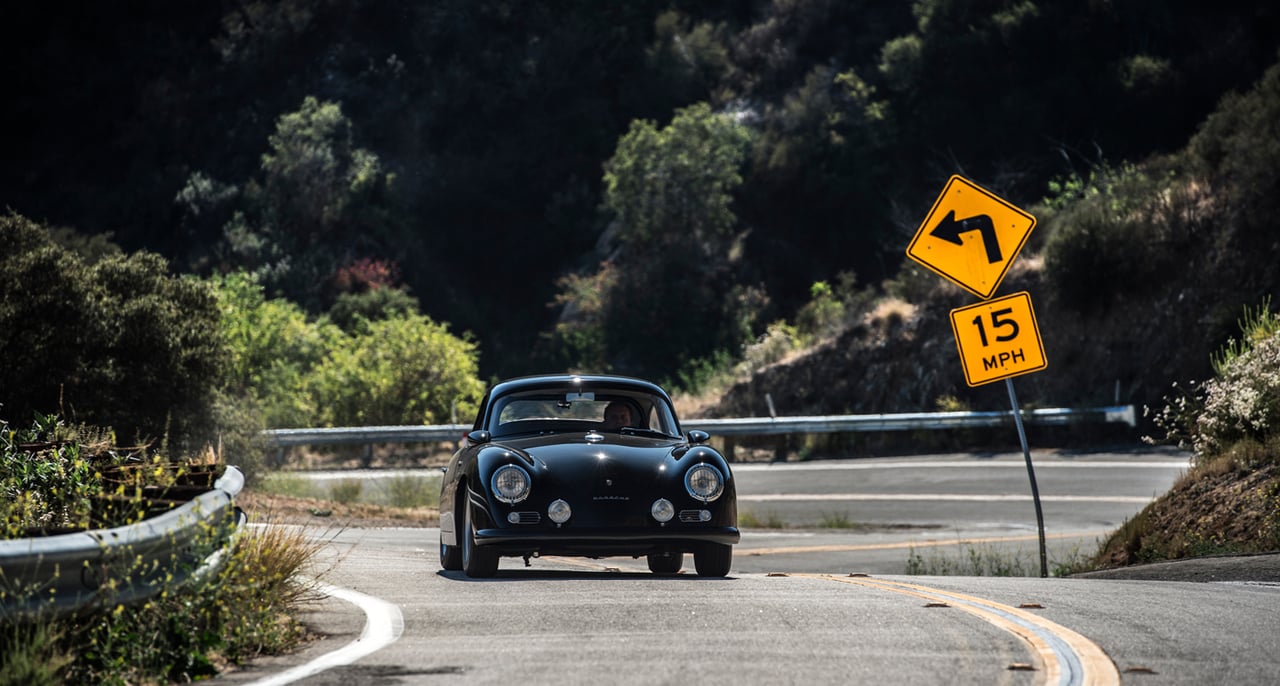
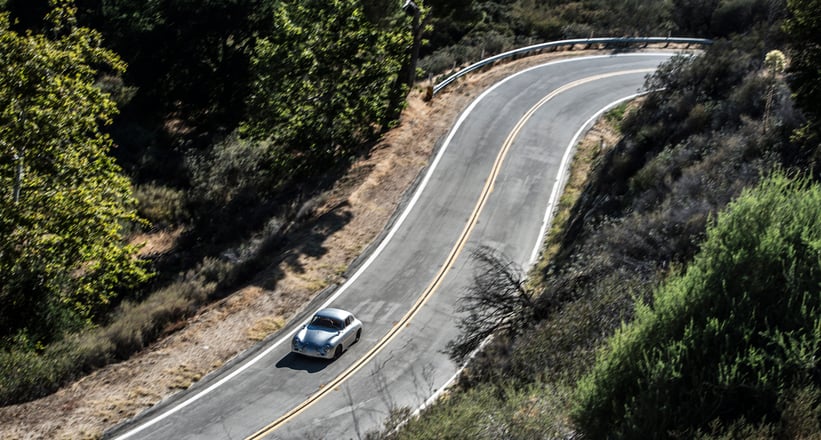
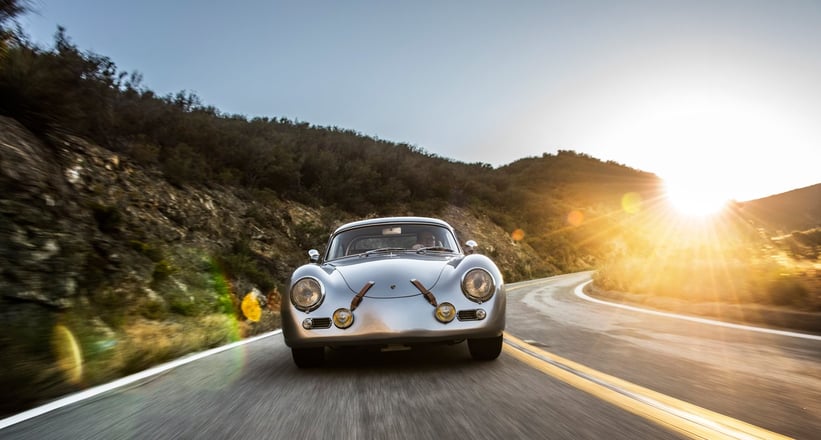
An Outlaw, such as the silver car pictured, comprises subtle body accessory and trim additions and several performance upgrades, while an Emory Special, such as the black car (of which one is built every one or two years) boasts more extensive body modifications and a serious performance hike.
Both in cosmetic and performance terms, it’s a case of myriad small details adding up to make a big difference. Just look at the Special’s B-pillars, for example, which have been subtly – and skilfully – twisted backwards to make the car appear more fluid, or the tasteful, rally-inspired leather interiors, or the 550 Spyder-esque vents that provide access to the oil reservoir. The list goes on...
Evolution vs. modification

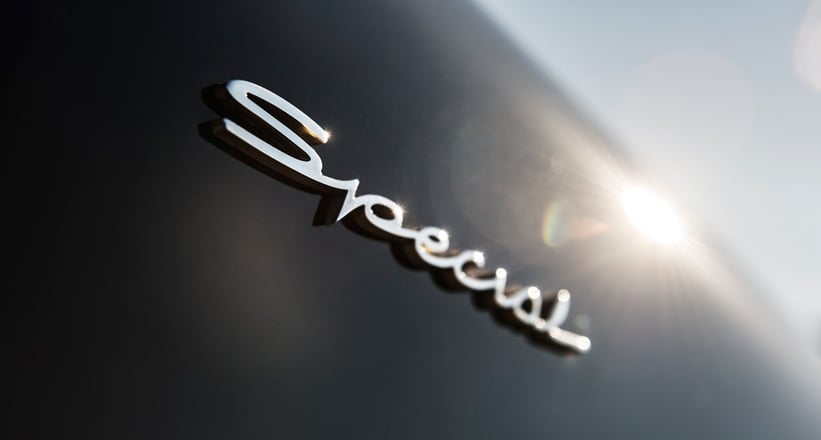
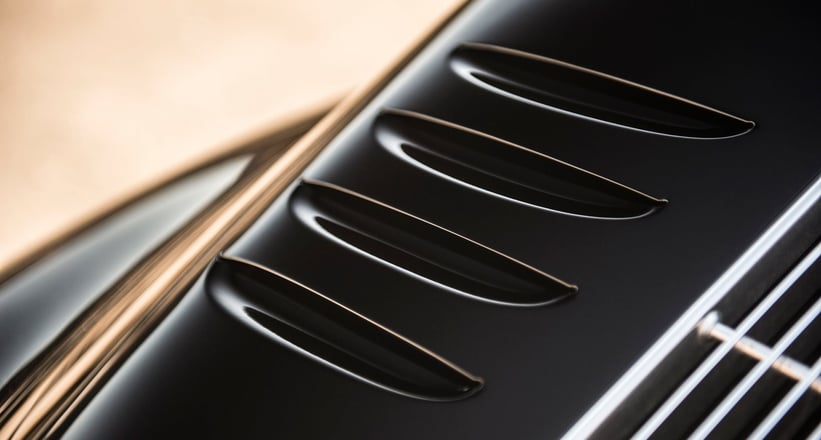
“I try to take the standard car and evolve the design, but not make it so noticeable that it’s modified,” comments Emory. “You know it’s different, but nothing really stands out.” The plain sexy hand-cut louvres on the engine cover are a good case in point, protruding inwards, rather than out, so as not to spoil the flow.
In addition, thanks to the inter-changeability of Porsche parts from model to model (something to which Emory attributes his love of the marque), a client can essentially cherry-pick the best performance parts from their favourite Porsches, in order to create the ‘perfect’ 356.
Porsche’s party piece
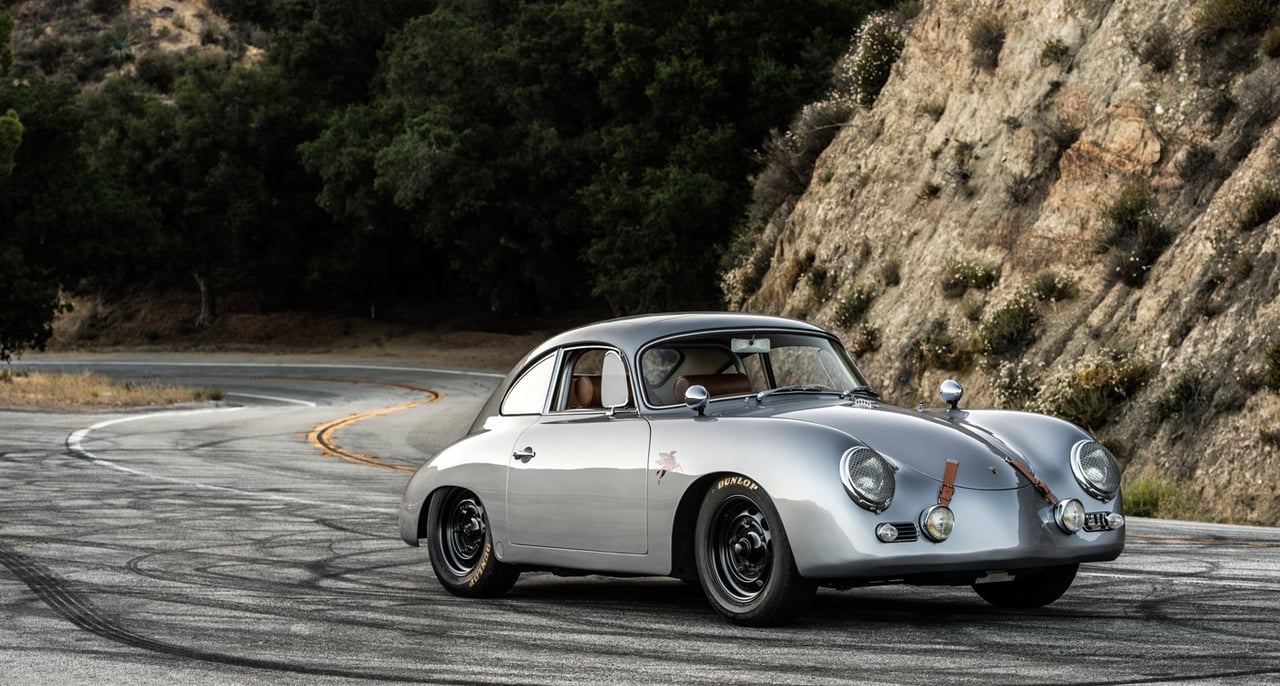
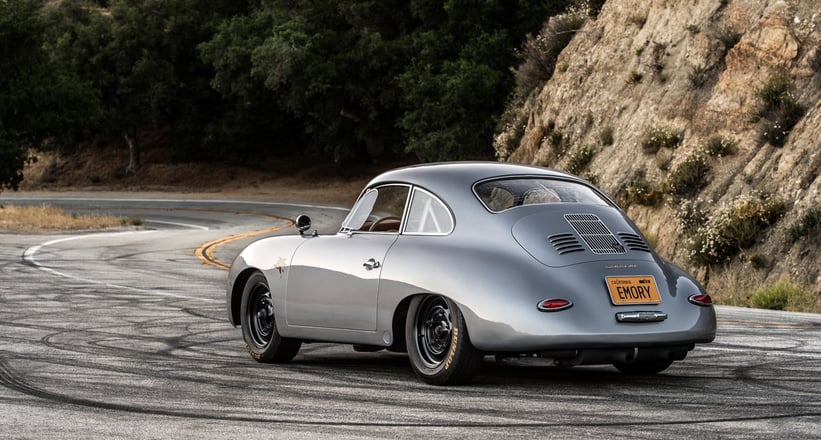
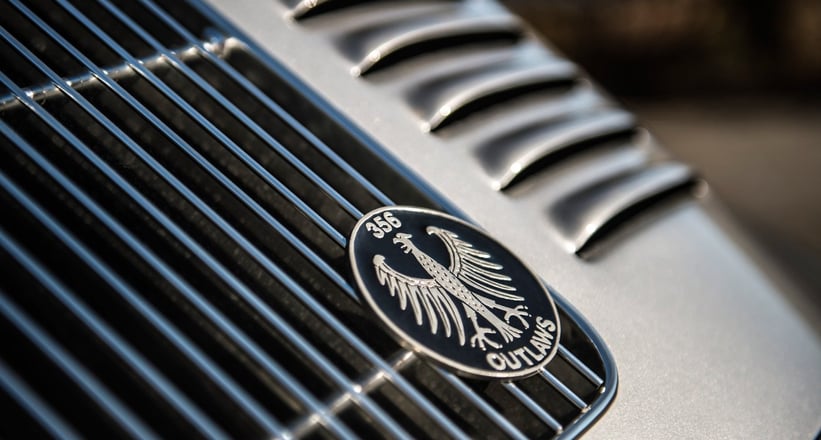
“The reason I love Porsche is because, although I’m working on 1950/60s cars, the company has evolved over time, rather than starting fresh with each model, meaning I can integrate modern parts into my cars.”
Gone are the archaic swing axles and four-speed gearboxes, replaced by 911 components, for example. And it’s a similar story with the engines, where the possibilities are countless. He even mentions a 356 ‘Carrera 4’ project (using a 996 Turbo’s front differential) that’s currently in the works, which we can’t wait to see.
And to drive?
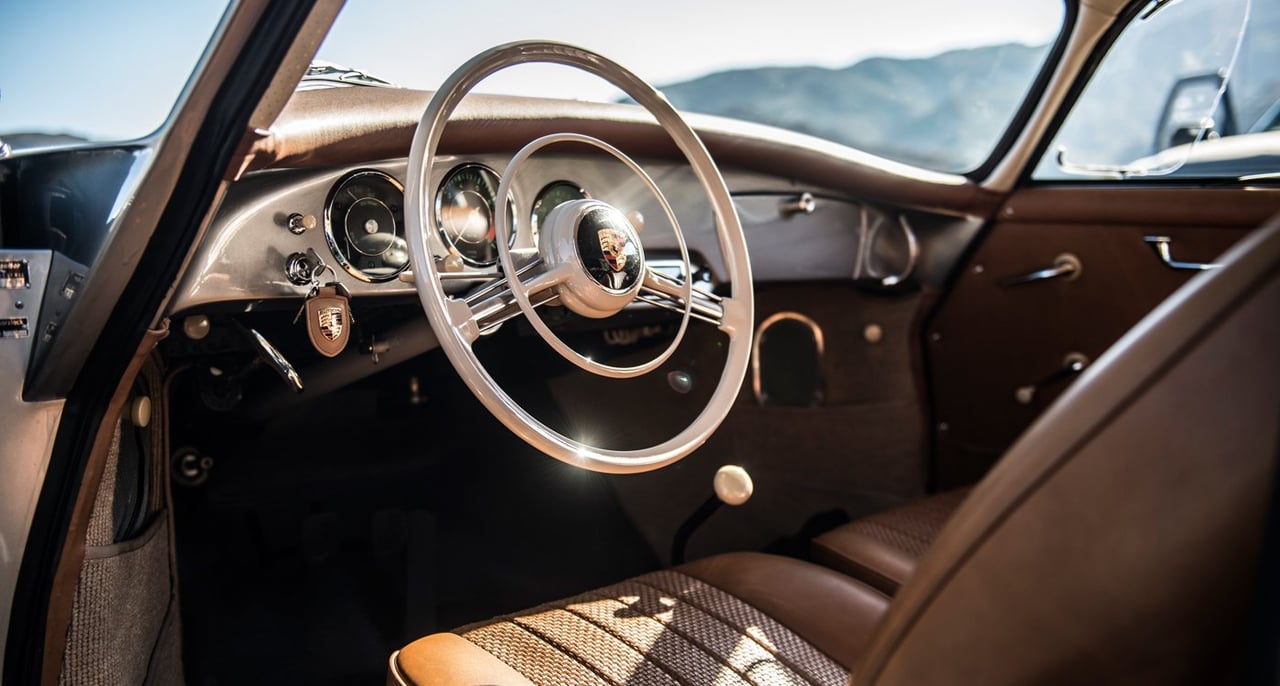
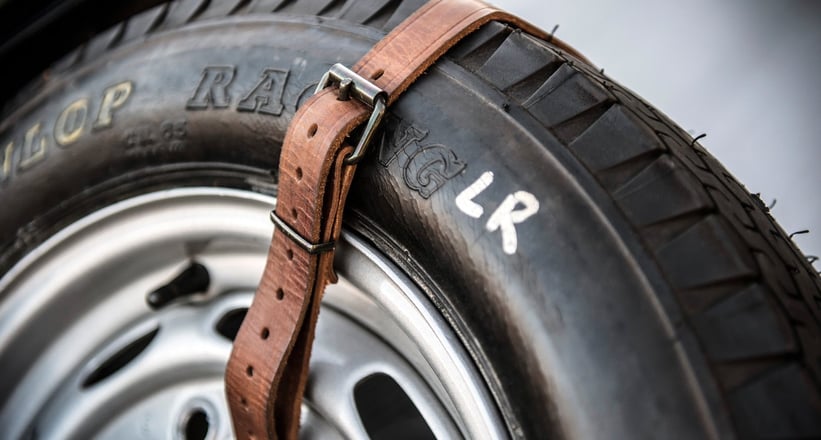
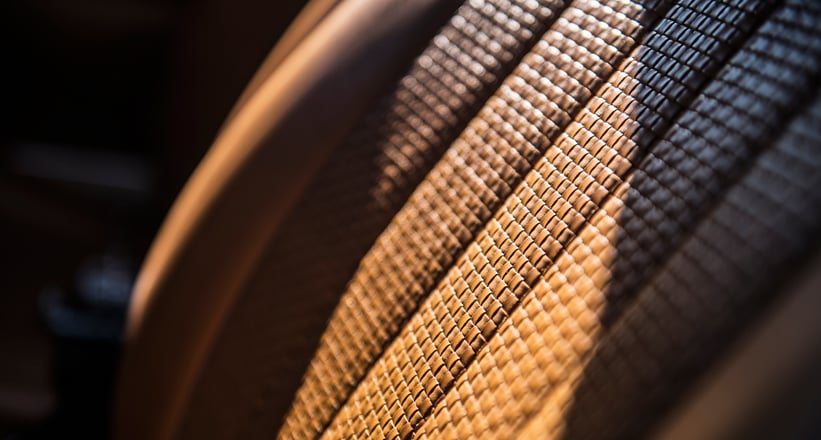
So how do they drive? “Well they don’t handle like short-wheelbase 911s, because they don’t have the weight balance issues,” he says. “They are very balanced and driveable, and significantly different from a standard 356. I would liken the driving experience to a very well set-up 1972/3 911.”
Emory didn’t grow up with a box of Lego, rather a box of Porsche parts, thanks to his father who owned a Porsche parts business. Very much inspired by his grandfather (one of the first people to properly modify vehicle bodies in the 1940s), he and his father began to customise their 356s.
Outlawed no more
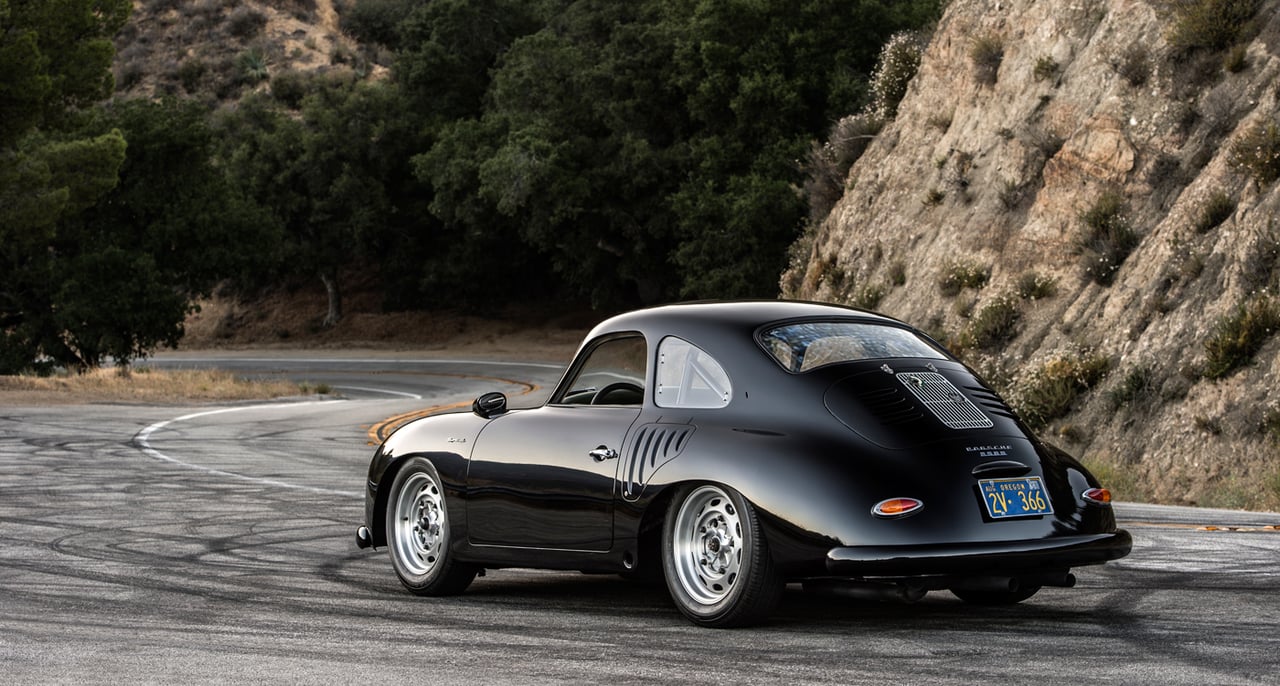
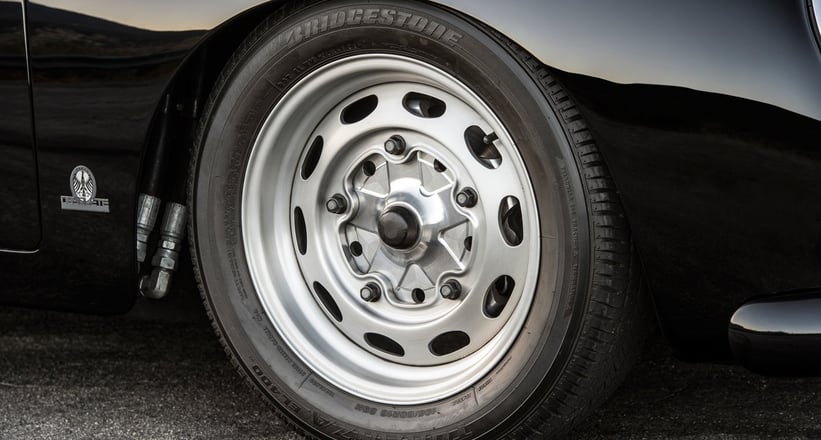
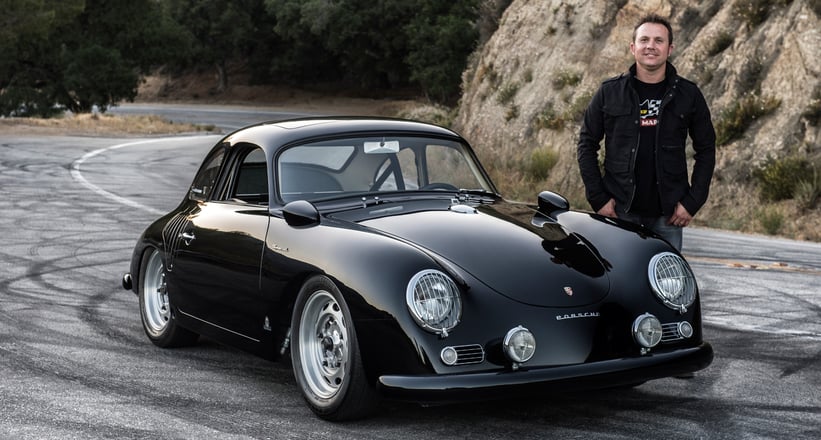
“In the late 1980s, my father and I were adding fog-lights and hood-straps or lowering the suspension, and this was at a time when it was considered sacrilegious to ‘cut up’ a Porsche. We thought about it differently and weren’t afraid to change things, and our friends who would come by the shop used to call us outlaws,” hence the term was born.
Needless to say, it stuck. A special badge, featuring the eagle from a German five-mark coin, was designed by a friend and has graced every ‘Outlaw’ since. But Emory’s legacy has stretched further than that. Now more and more modified 356s are being referred to as Outlaws around the world, and the company has actually gifted the hallowed badge to others’ cars, which have been built in the same vein.
Ultimately...
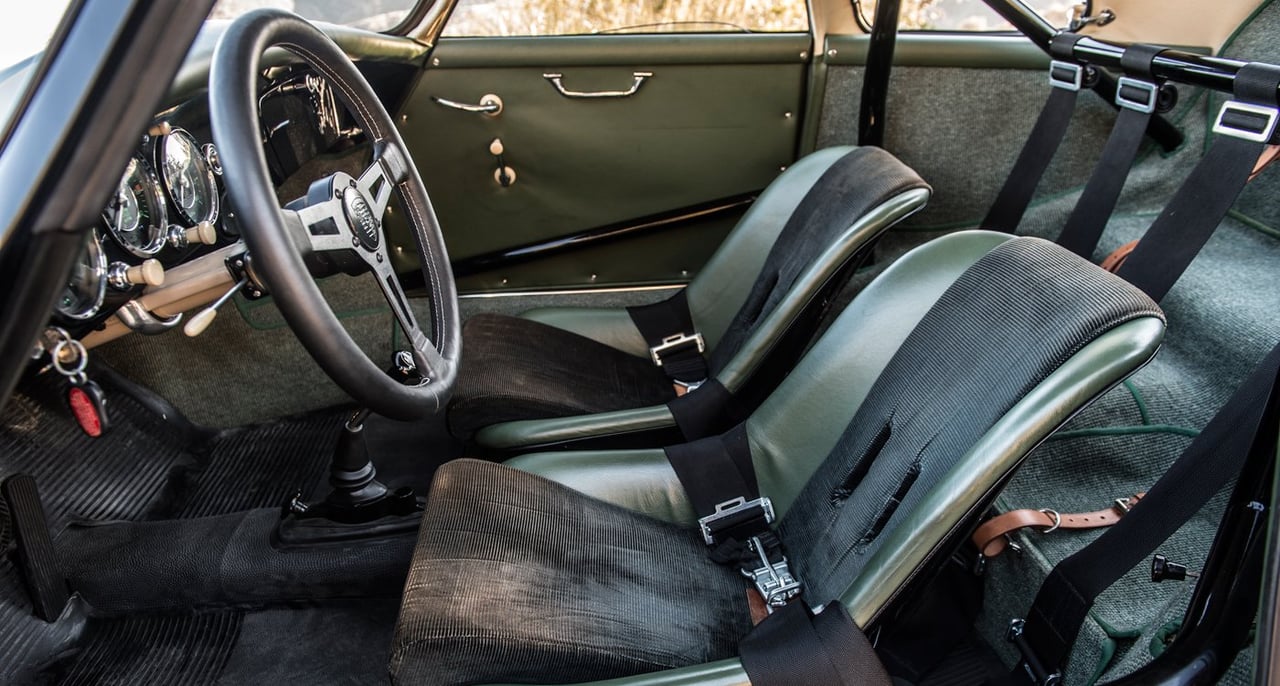
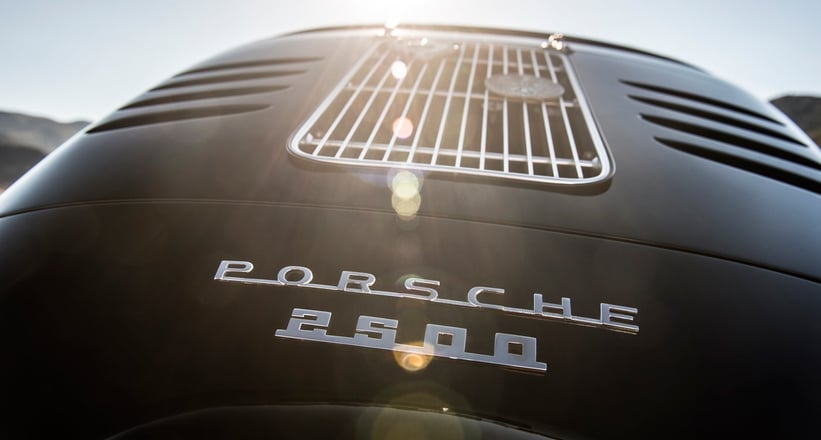

Ultimately, these cars are built to be driven and enjoyed, as they were originally intended, not paraded on the concours lawn or hibernating in a garage. “I feel my Emory Specials are like an evolution of the 356, if Porsche had continued to build them,” says Emory. “I’m taking the base model, just as they did, and tastefully modifying it to enhance the styling and the performance, and that’s going to bring you more enjoyment. These cars are a combination of everything that I love about Porsche.” Hear, hear…
Photos by Drew Phillips



















































